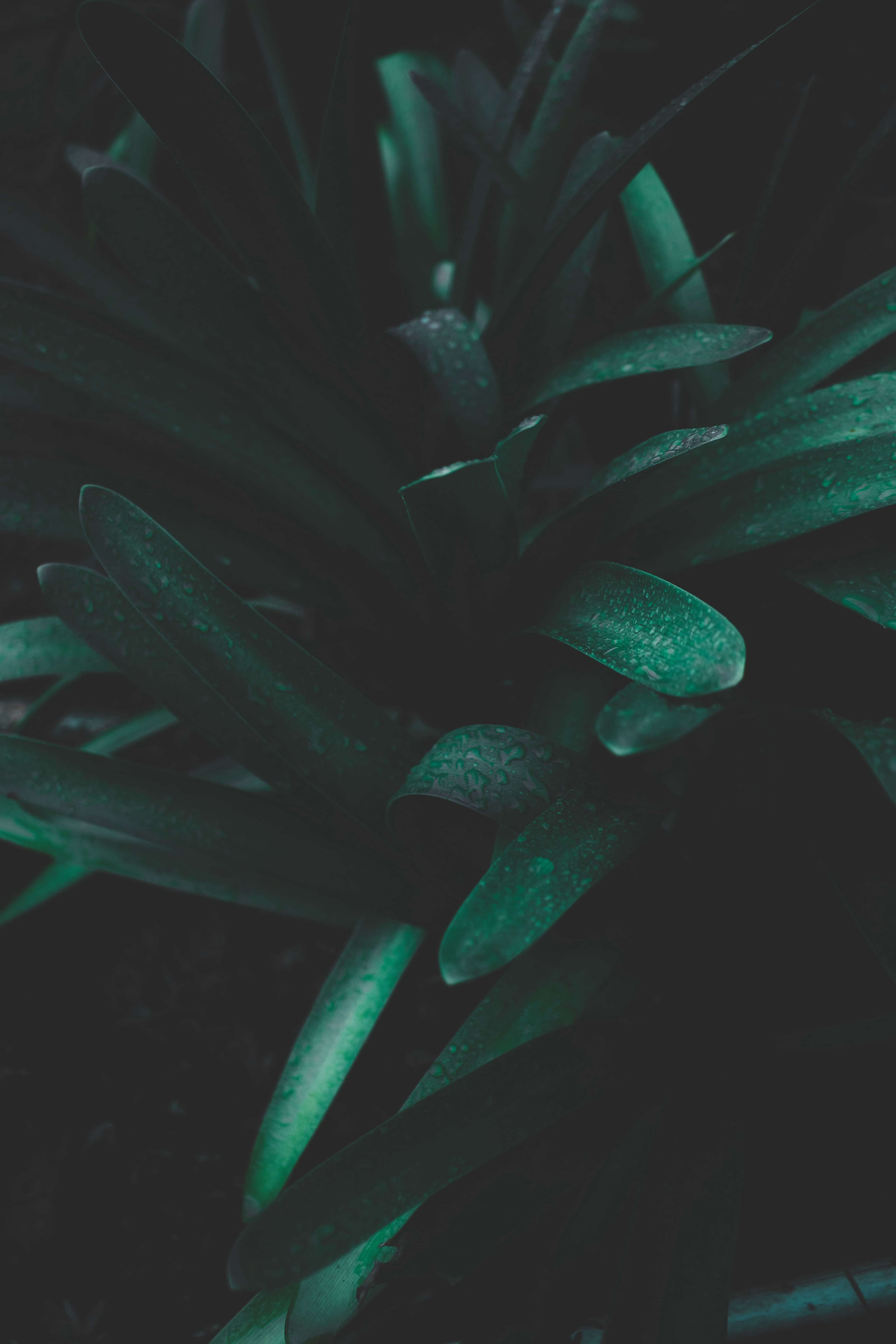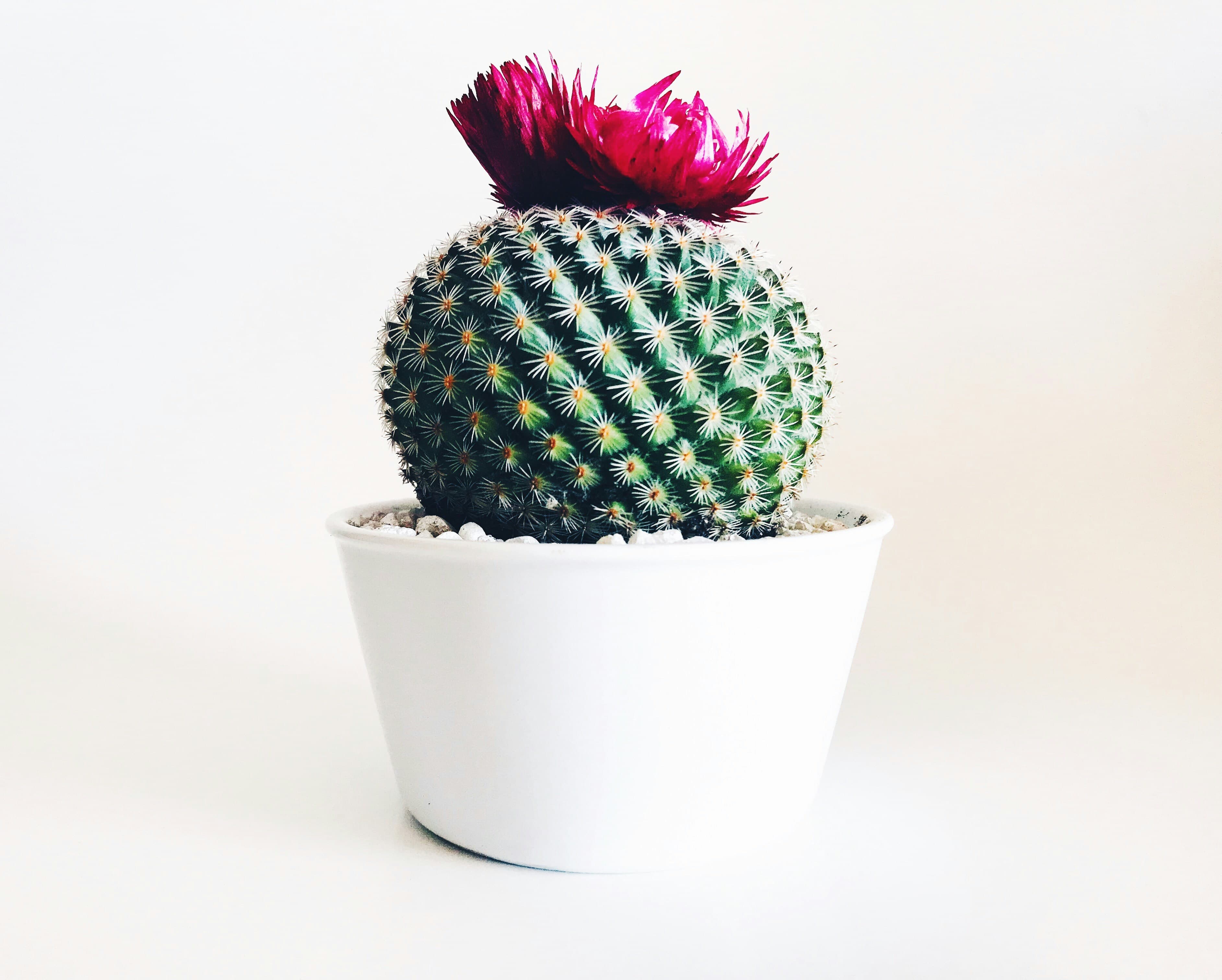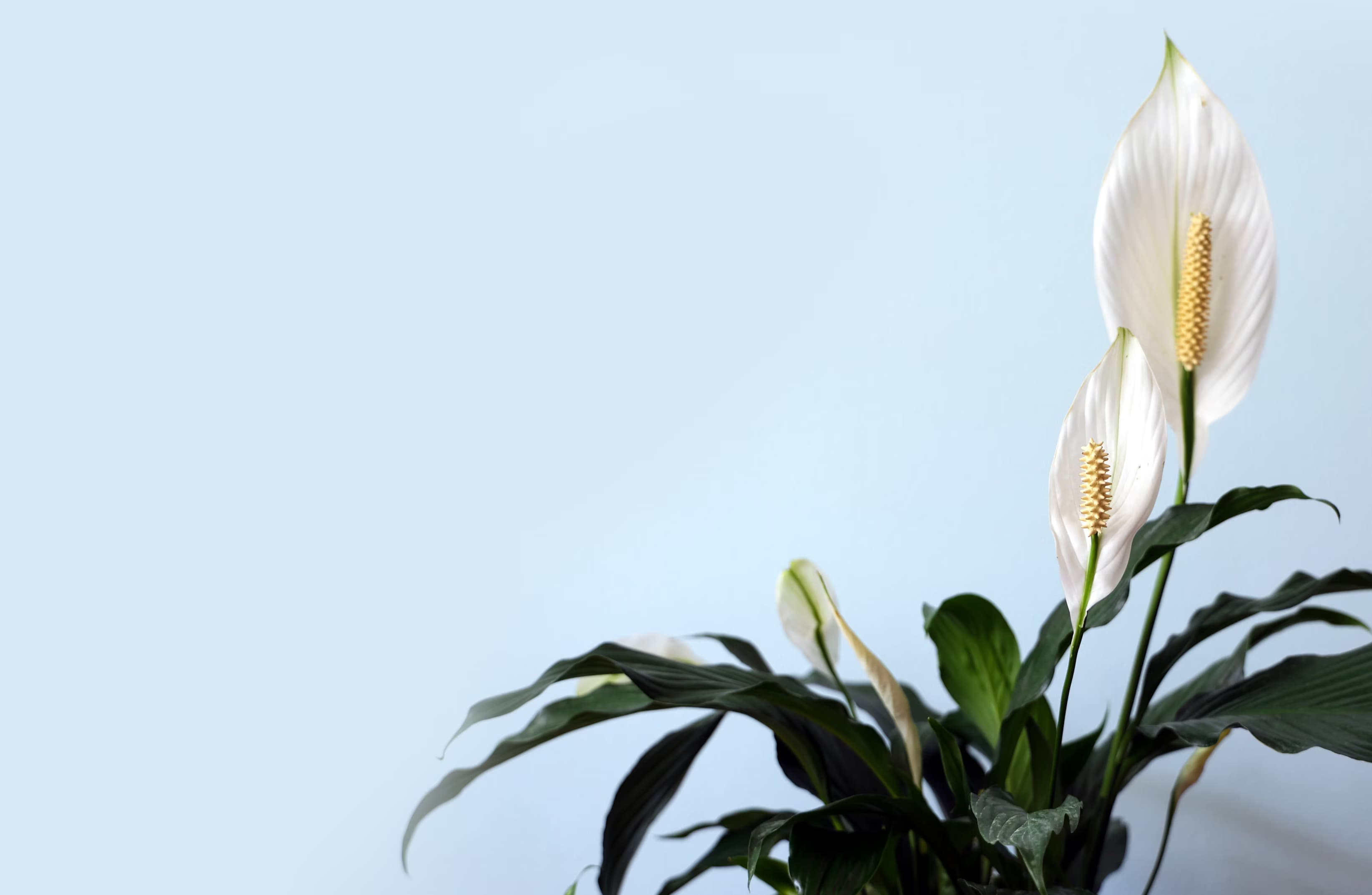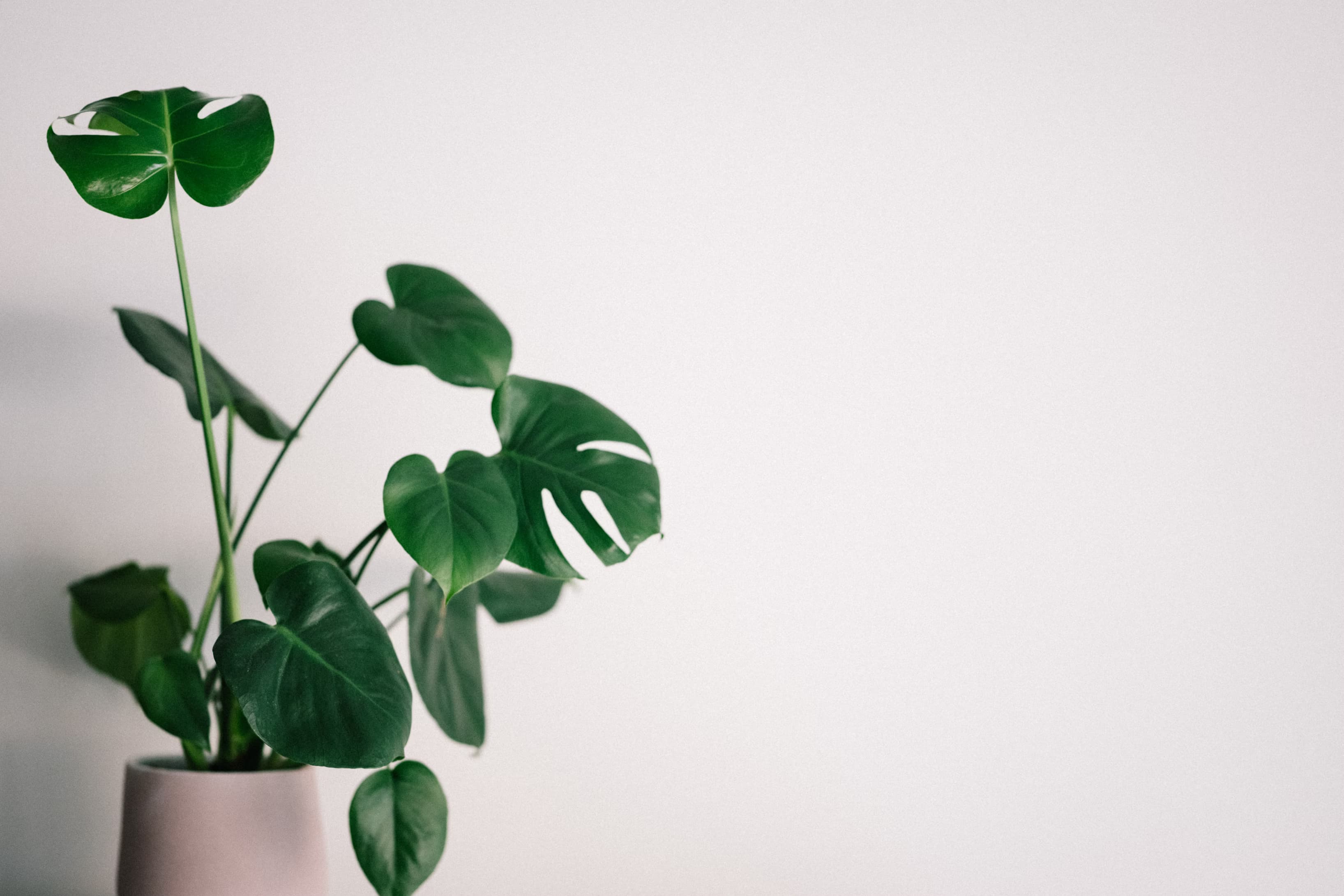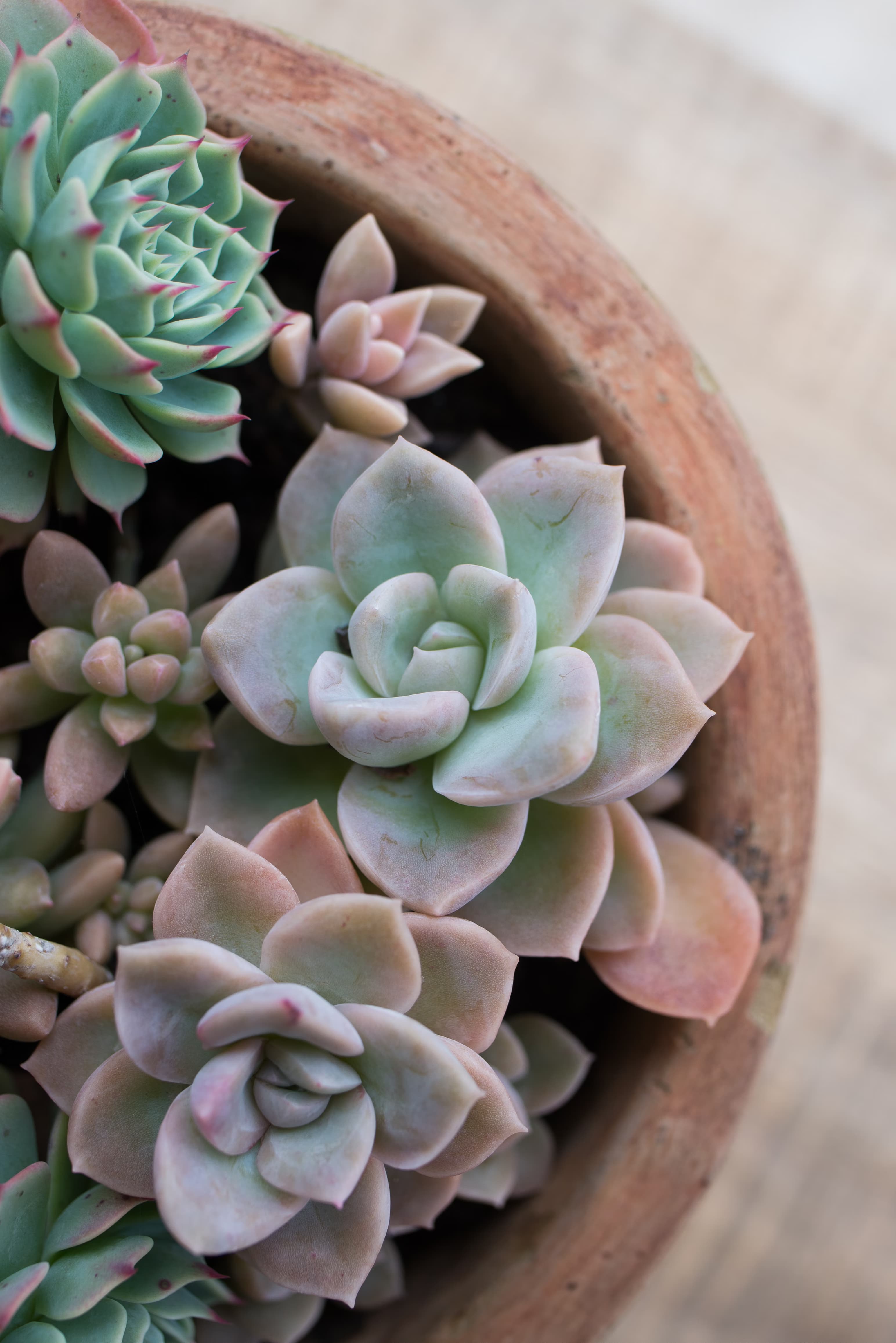
Succulents & Cacti Plants Care Guide
Water-storing plants adapted to dry conditions
Featured Succulents & Cacti
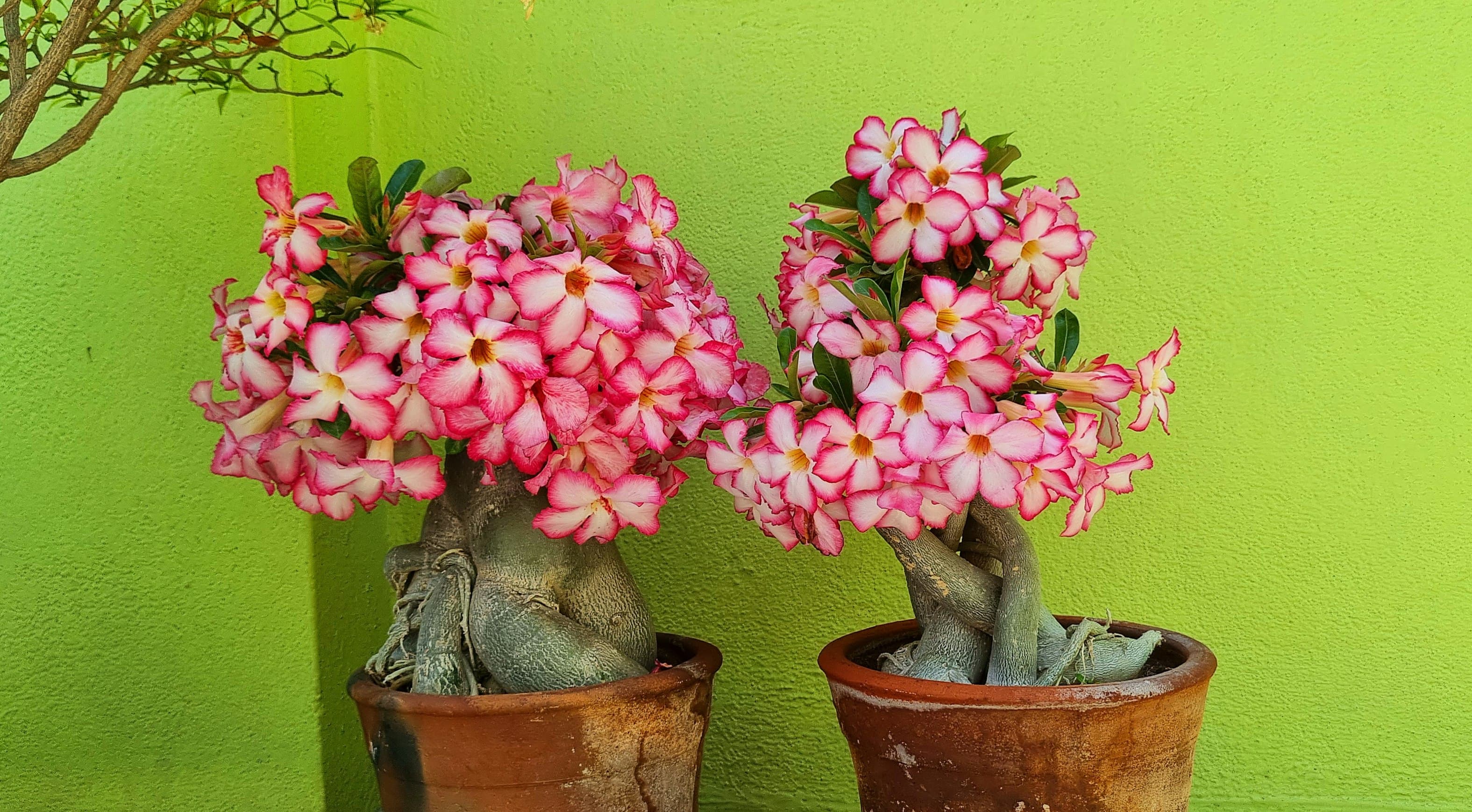
Adenium obesum
Adenium obesum is an evergreen or drought-deciduous succulent shrub with thick, swollen stems and a prominent basal caudex that protrudes from the soil. It grows 0.12-5 meters tall with leathery, spirally arranged leaves clustered at branch tips (5-15 cm long). The plant produces striking tubular flowers (2-5 cm long) with five petals in red and pink hues, often featuring a whitish blush near the throat. Notable for its bonsai potential and poisonous milky sap containing cardiac glycosides, it thrives in arid conditions and displays remarkable drought tolerance.
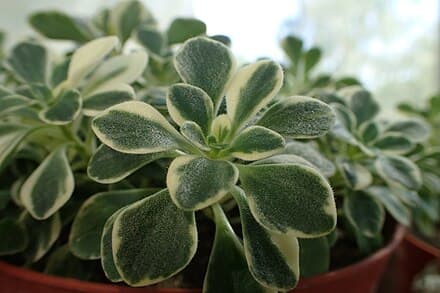
Aichryson × aizoides
Aichryson × aizoides is a hybrid succulent plant in the Crassulaceae family, characterized by fleshy, spoon-shaped leaves arranged in compact rosettes. It features branching stems and a shrubby growth habit, typically forming dense clusters. The plant is notable for its variegated cultivars like 'Variegatum', which display cream-to-yellow margins on green leaves. As a drought-tolerant species, it stores water in its thick leaves and stems, making it well-adapted to arid conditions.
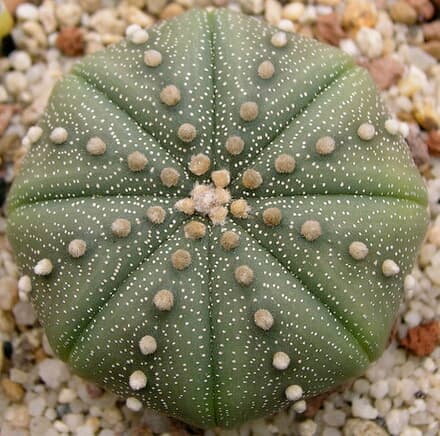
Astrophytum asterias
Astrophytum asterias is a small, spineless cactus with a distinctive disc-shaped body that grows 2.5–6 cm (1–2 in) tall and 5–15 cm (2–6 in) in diameter. Its greenish-brown surface is covered in white trichomes (scales), giving it a speckled appearance, and it features 7–10 ribs with woolly areoles. The plant produces vibrant yellow flowers with red bases and woolly outer parts, followed by green to pink oval fruits. Its squat, star-like shape and lack of spines make it visually distinct from many other cacti.
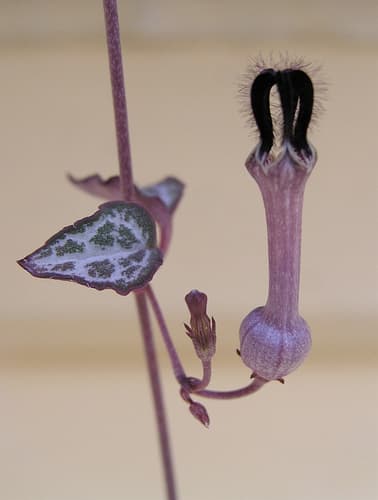
Ceropegia woodii
Ceropegia woodii is an evergreen succulent trailing vine with heart-shaped leaves measuring 1-2 cm in length and width. It grows to 10 cm in height but spreads extensively, reaching 2-4 meters in length, developing a woody caudex at its base as it matures. The plant features distinctive tuber formations at stem nodes and roots, giving it a bead-like appearance. Its flowers are tubular with a unique corolla structure (3 cm long) blending off-white and pale magenta colors, with five deeper purple petals.
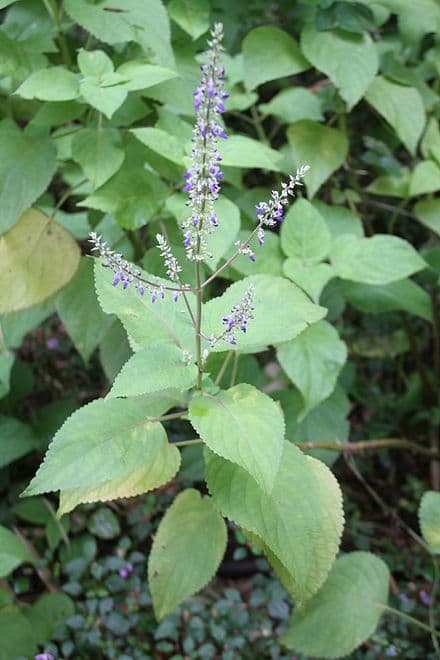
Coleus scutellarioides
Coleus scutellarioides is a bushy, woody-based evergreen perennial or annual plant growing 24-30 inches tall and wide. It features highly decorative, semi-succulent leaves in variable shapes (ovate to deeply lobed) and vibrant color patterns including green, white, yellow, pink, red, maroon, and purple. The foliage's coloration depends on anthocyanin and chlorophyll balance, influenced by light exposure. It produces small bluish-purple labiate flowers on terminal spikes, though it's primarily cultivated for its striking foliage.
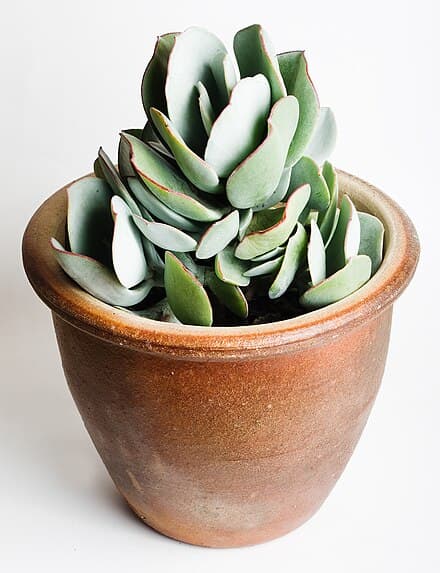
Crassula arborescens
Crassula arborescens is a succulent shrub growing 2-4 feet tall with a single main trunk up to 6 cm in diameter. It features thickened gray-green branches and distinctive rounded, red-edged gray leaves resembling silver dollars, covered in a powdery coating and spotted with visible water gaps. Older shoots develop peeling yellowish-brown bark. In summer, it produces terminal clusters of star-shaped white or pink flowers up to 20mm wide on 5-8 cm tall inflorescences.
- LightBright direct to indirect light
- WaterInfrequent, allow to dry completely
- Common IssuesOverwatering, etiolation
Recommended For:
Getting Started with Succulents & Cacti
Succulents and cacti are masters of water conservation, with specialized tissues that store water in their leaves, stems, or roots. These desert natives have evolved to thrive in arid conditions with infrequent rainfall. Their distinctive shapes, colors, and textures make them popular decorative plants, while their minimal care requirements make them perfect for beginners or busy plant parents.
